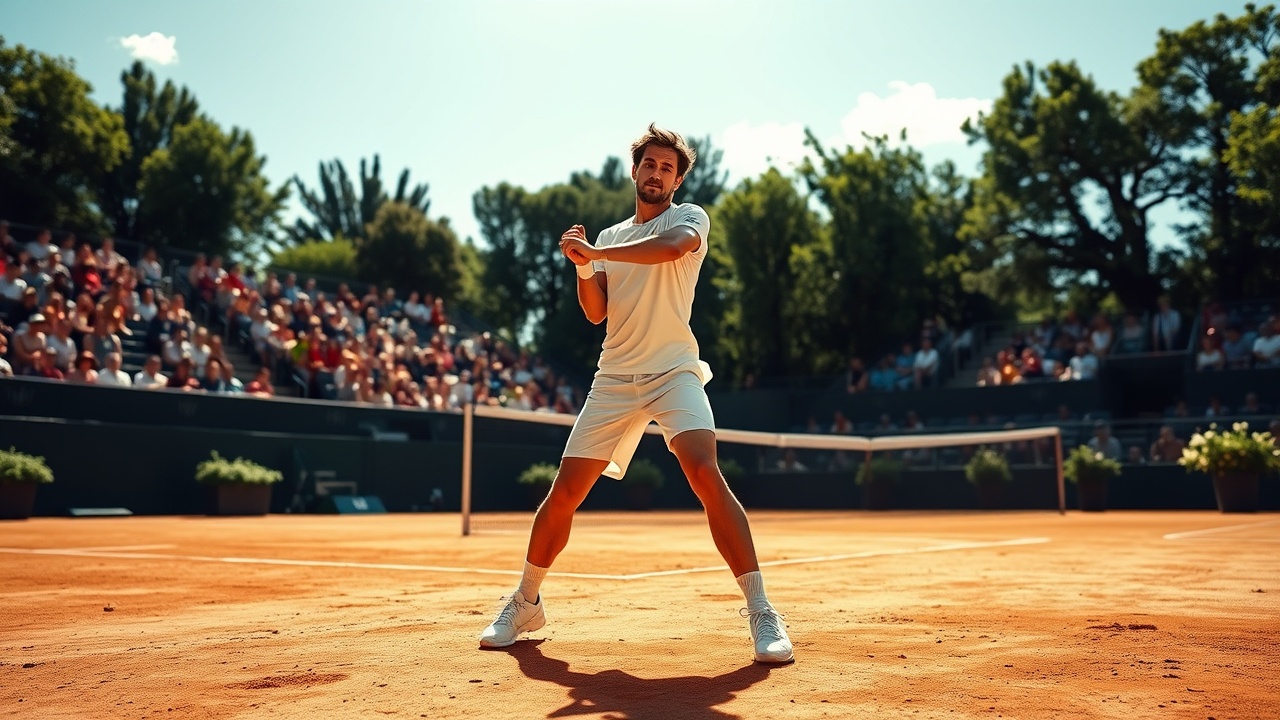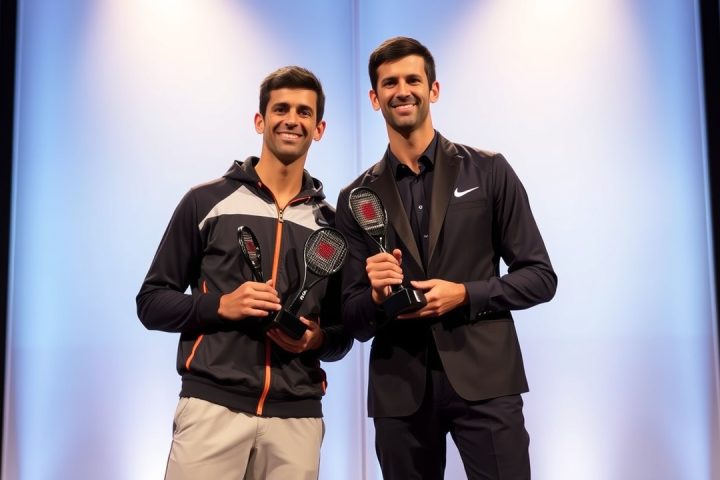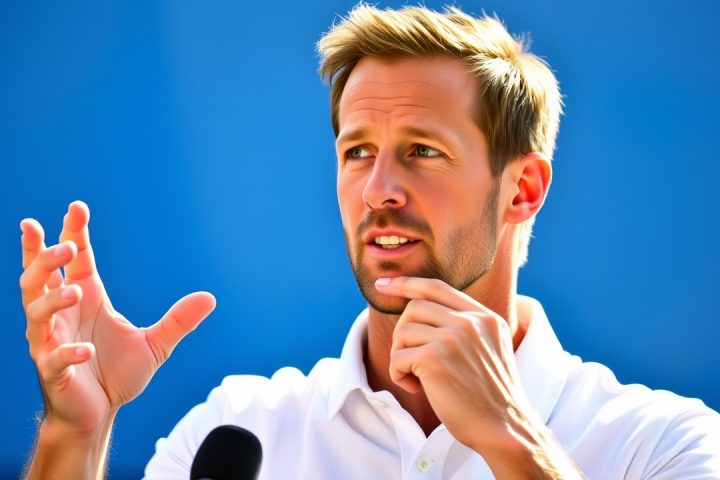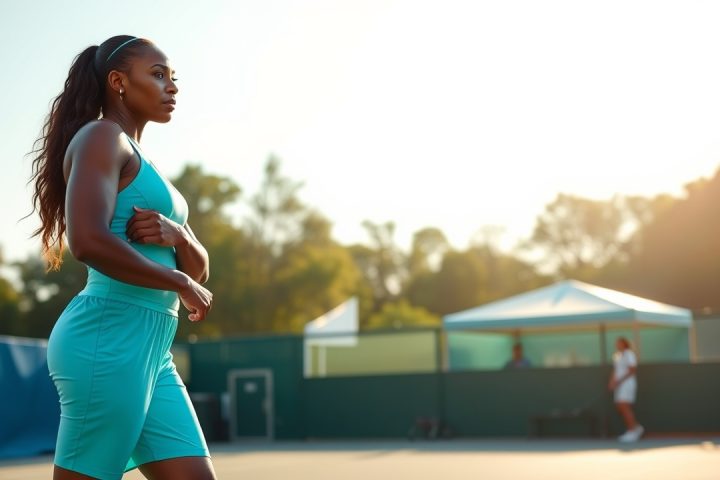Tennis Adaptation on Clay
Each spring, as the professional tennis season shifts to Europe and the distinctive red clay courts, athletes face a significant challenge: adapt their playstyle or remain true to their strengths. For Jannik Sinner, the current world No. 1, this dilemma is particularly pressing as he approaches the French Open.
Challenges for Sinner
While he has triumphed in three Grand Slam tournaments, all on hard courts, his opponent in the semifinals, Novak Djokovic, is renowned as a master of hard surfaces, amassing an impressive 10 Australian Open titles and four at the U.S. Open. Unlike Djokovic, however, Sinner did not grow up playing on clay, putting him somewhat at odds with the traditional expectation for Italian players.
Adding another layer to Sinner’s challenge is his recent return from a 90-day suspension due to two positive doping tests, which ended right before the French Open. With limited time on the clay — only participating in a single tournament, the Italian Open in Rome, after his suspension — Sinner’s task of acclimatization was daunting. Despite this short preparation, he managed to reach the Italian Open final, only to lose to Carlos Alcaraz, a player who naturally thrives on clay.
Adapting to Clay
In contrast to typical clay-court strategies, Sinner has opted for a more aggressive tactic. Instead of blending into the slower, altered rhythms that many adapt to on clay — a strategy reminiscent of players like Rafael Nadal — Sinner aims to continue playing with the hard-hitting style that has brought him success.
I try to stay true to my aggressive game, just adapting with a bit more rotation on my shots.
He stated following a commanding victory over veteran Richard Gasquet.
His performance thus far suggests that while his strategy might diverge from the norm, it’s yielding results. At the Italian Open, he recorded the highest average shot speed, outpacing Alcaraz despite registering less clearance over the net than other competitors like Lorenzo Musetti, who is more accustomed to navigating clay.
His approach has gained attention, particularly from peers who recognize that traditional clay-play elements like heavy topspin — utilized effectively by opponents — do not come naturally to him. Casper Ruud, a two-time French Open finalist, remarked on Sinner’s effectiveness despite not conforming to clay-court norms, noting how quickly Sinner adapted during practice and how he consistently returned shots with power.
Similar Strategies
Interestingly, Sinner is not alone in this unconventional strategy. Frances Tiafoe, generally uncomfortable playing on clay, celebrated success by embracing a hard-court style throughout the clay season, which brought him to the quarterfinals for the first time at the French Open. His encounters against Musetti highlighted the difficulties of playing on a surface that challenges traditional skills, requiring players to adjust their strategies for optimal performance.
Looking Ahead
As Sinner continues his campaign in Paris, he remains undefeated, showing remarkable adaptability by not dropping a single set through five matches, though he faced modest challenges from opponents such as Alexander Bublik. Looking forward, Sinner is set to face Djokovic, who offers a formidable challenge as one of the best clay players in the sport, creating an intriguing backdrop for their upcoming match.
Sinner continues to refine his strategy, suggesting that while he may not need to overhaul his technique extensively, the finesse in his shot-making and composure under pressure could ultimately define his success on this unfamiliar surface.




